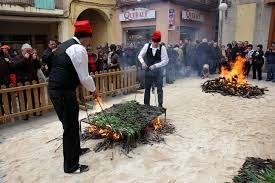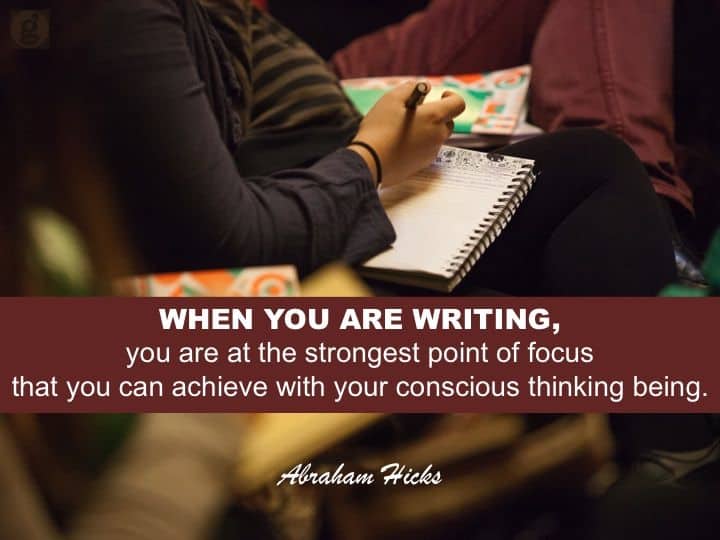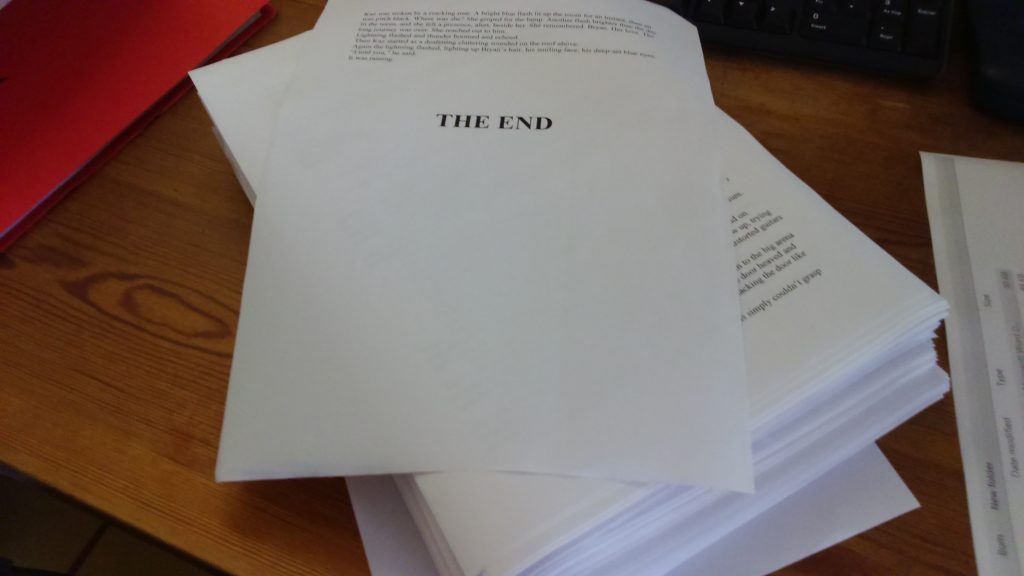
Calçotada
The calçotada is the Catalans’ favourite gastronomic bash, traditional to the town of Valls and environs, and is the festive outing of choice from November to April. The last Sunday in January the streets and squares of Valls are taken over by sardana dancing, parades of musical bands, giants and bigheads, horse-drawn floats, sauce-making demonstrations, the calçot growers prize, the calçot eating competition…
But what exactly is this ‘burnt onion skin’ as one dubious newcomer put it?
The calçot looks (and tastes) like a cross between a leek and a spring onion, and is officially defined as ‘the replanted shoot of a fully developed white onion’.
It was discovered, apparently, by a farmer called el Xat de Benaiges who lived in Valls in the late 19th century. Tradition has it that he happened to toss the shoots of some shrivelled old onions onto a charcoal fire (because there was nothing else to eat?). But no one knows who developed the whole elaborate process of growing calçots: sow onion seeds, pull up the shoots after a few months, leave them in a cool dry place for several more months, cut off the tops, replant, and, as they grow, repeatedly cover the tender green shoots with earth. (In Catalan this action is called ‘calçar’, which means to put shoes on, hence calçot.)
Anyway, the calçots are cooked over a charcoal fire till their skins are charred, and served on curved roof tiles. You rip off the blackened outer skin, dangle them in a special sauce made with garlic, almonds and hazelnuts, tomato and mild red peppers, and then lower into your mouth. This is really messy, so you’re provided with a special bib.
And be prepared – the calçots are just the first course. Then come costelles (cutlets) and botifarres with allioli and doorsteps of farmhouse bread, all washed down with a local red.
I can’t think of a better way to get your fibre. Can you?
Meanwhile, you can check out everything calçots here.

Castellers
(Pronounced casteLLYEZZ)
I bet you never dreamt you would ever hear a pin drop in a public square in Spain. But in Catalunya be prepared for nail-biting suspense when the castellers – the castlebuilders – are in town. Their mind-boggling feats are an essential highlight of just about every festival and are reported on the news. And since 2010 they’ve been listed by Unesco as Intangible Cultural Heritage.
The castellers have their own wonderfully arcane terminology: the pinya (literally pine cone) is the base of the castle formed by a huge clump of interlocking people, the central part is the torre (tower), and the top part is the pom de dalt (top knob), which has three storeys. And there are all sorts of different castles, depending on the number of storeys and how many people form them. A quatre de nou (four of nine), for example, is formed by six storeys of four people each, plus the pom de dalt. The enxaneta is the tiny kid who scrambles up to the very top of the wobbling, tottering castell, raises a hand – the sign that the castle has officially been constructed – and slithers down again, fast. The helmets are a very recent concession to Health and Safety.
There are lots of colles castelleres (castlebuilder troupes) around Catalunya. Find their schedule here.
And watch the Xiquets de Valls troupe here.
Català
My late Catalan father-in-law once told an anecdote, in his usual deadpan way, that had us all rolling on the floor with laughter. During the Franco days, he was travelling from Barcelona to Madrid by train with a friend on business. Naturally, the two men were chatting in Catalan. In the same compartment was a Madrilenian lady with a lapdog. When the train reached Madrid, the dog began to bark in a frenzy of excitement.
“But of course!” proclaimed the lady. “He has heard barking, and he has replied.”
For the unprepared, the Catalan language (not dialect — the one gaffe you must never make unless you want to get up a Catalan’s nose big time) can come as a bit of a shock because it sounds quite different from Spanish: short, sharp and brusque.
On paper (or street signs), Catalan looks more familiar, like a cross between Spanish, French and Italian. But it’s a descendant in its own right of the Latin spoken in the northern Iberian peninsula during the Roman empire, and so a sister language to Spanish, French, Italian, Portuguese, Provençal and Romanian.
According to the Spanish Constitution of 1978, el català is co-official with castellano in Catalonia.
Do you have any stories, anecdotes, clangers? Please share them in the Comments.



4 Responses
keep those ‘letters’ coming…great info Val!! hugs
Will do. Thanks, Dom.
Fascinating. I had no idea anyone would go to so much trouble over onions but what they yielded is amazing. It had my mouth watering to think of it. The are the castellars in town?Is this something which goes on for a few weeks? I love this series.
Thanks, Tonia. You must come over! But the onions only in winter. The castellers perform throughout the year at lots of city, town and village festivals.